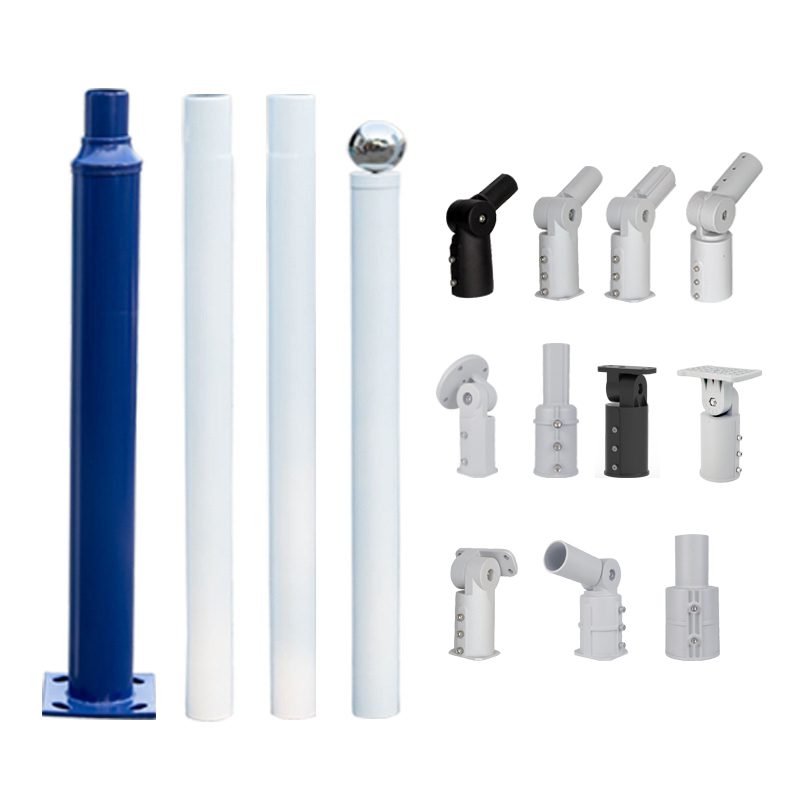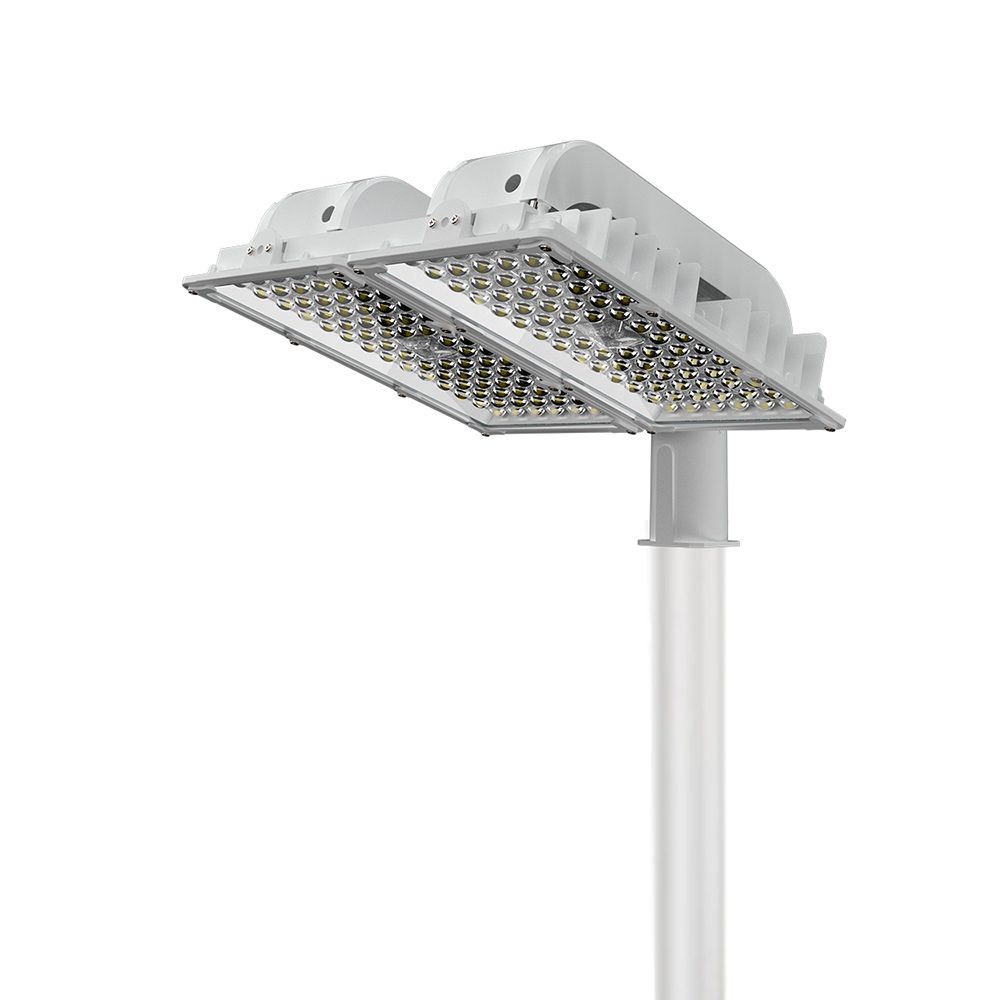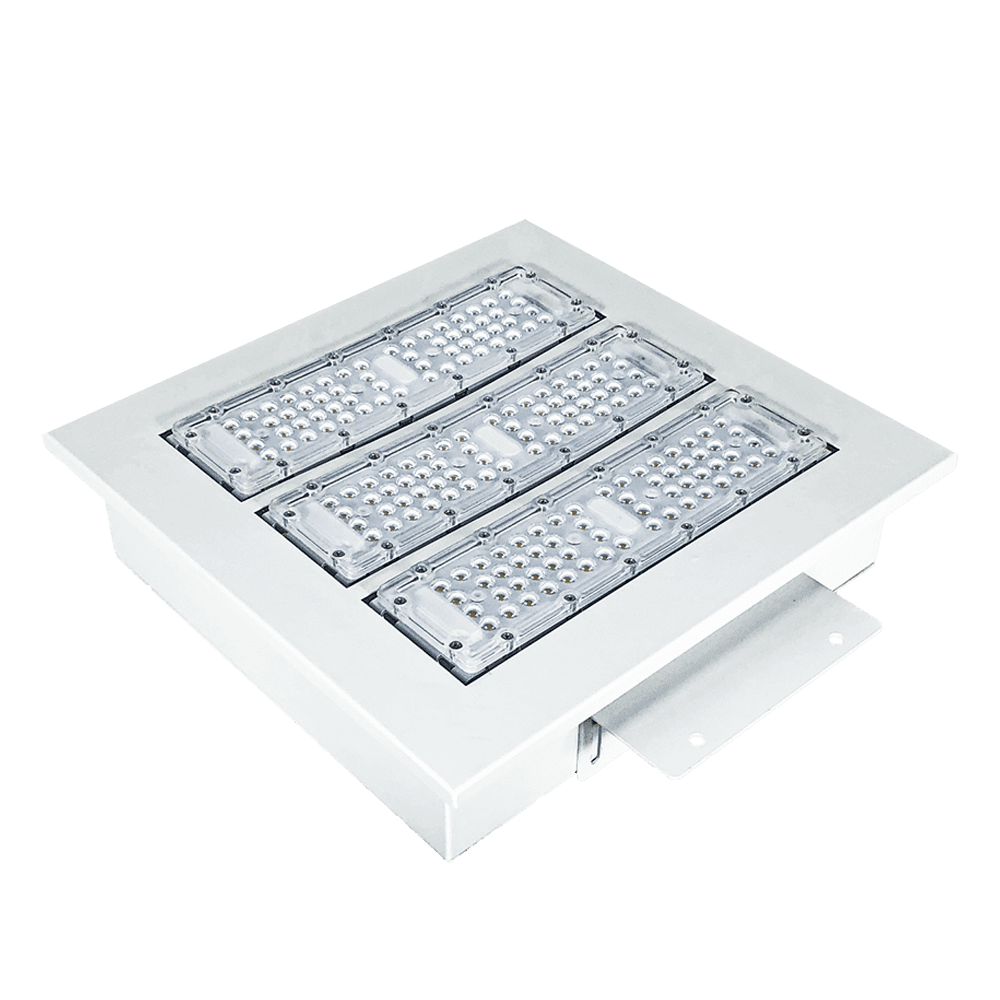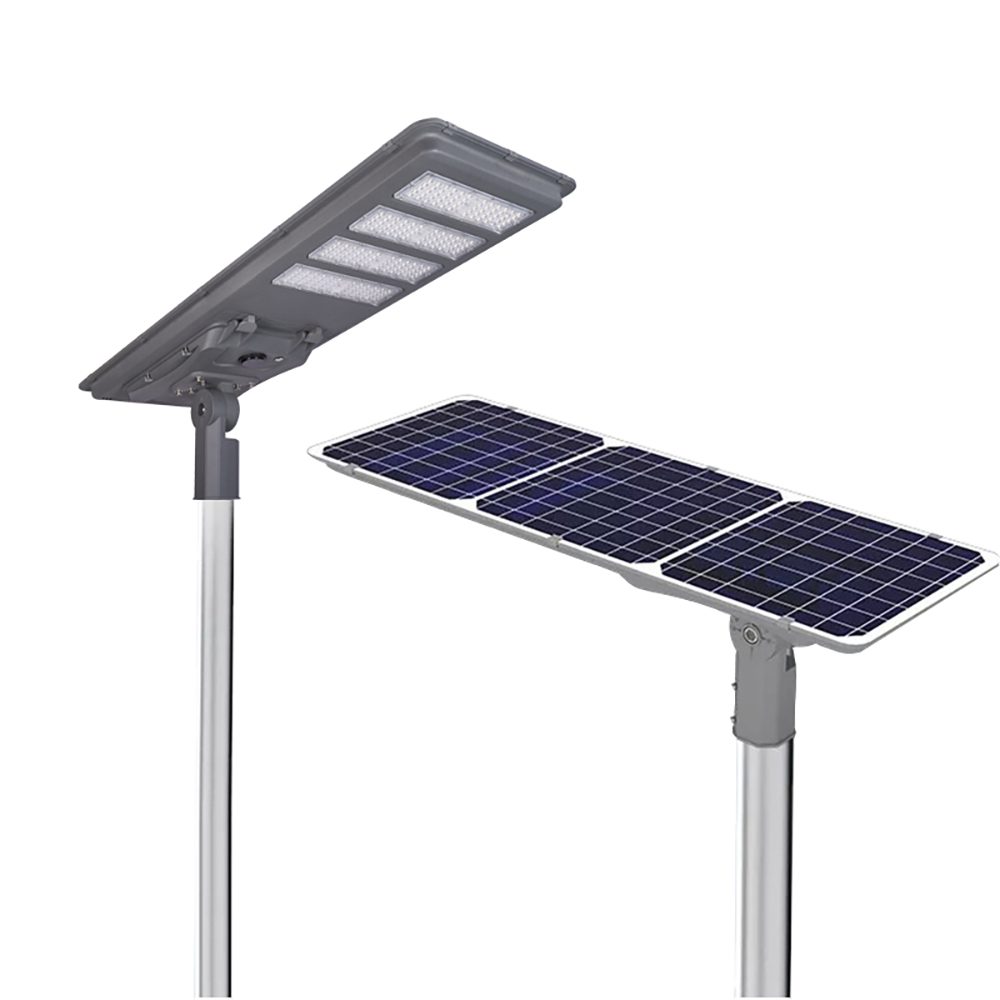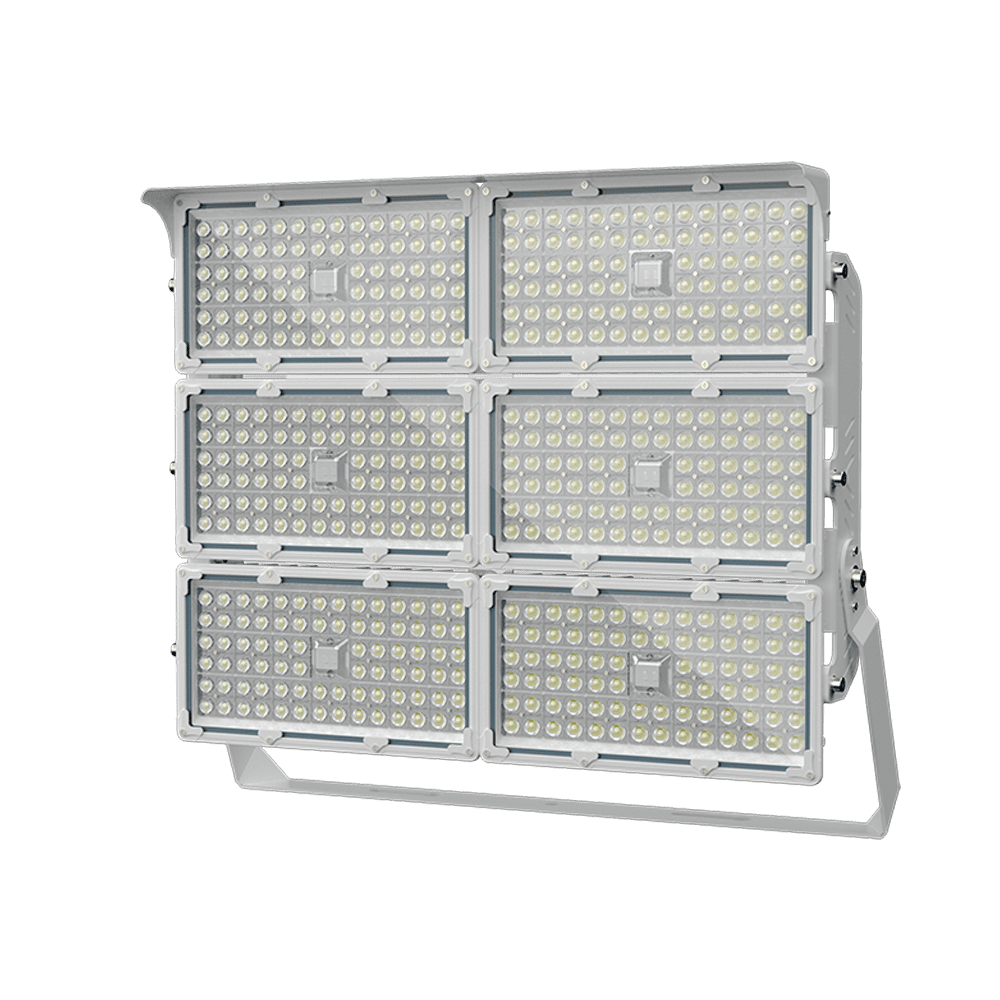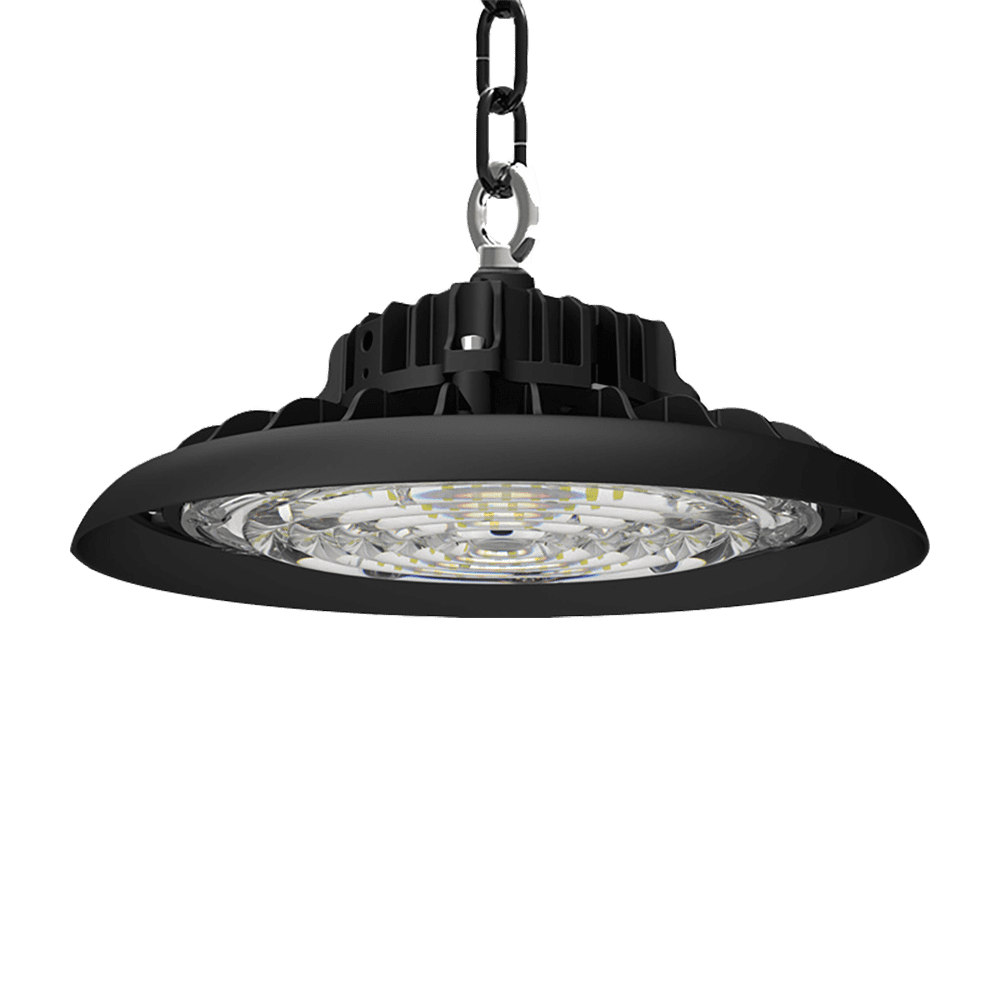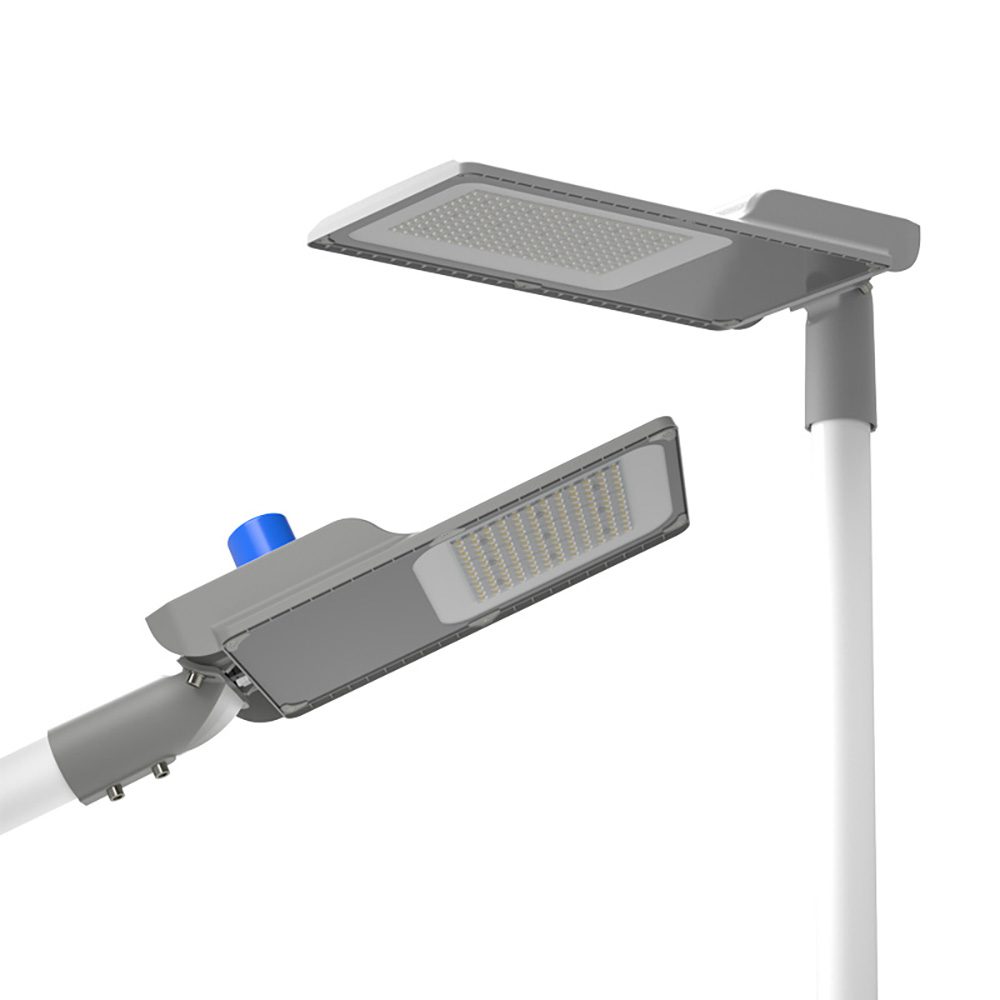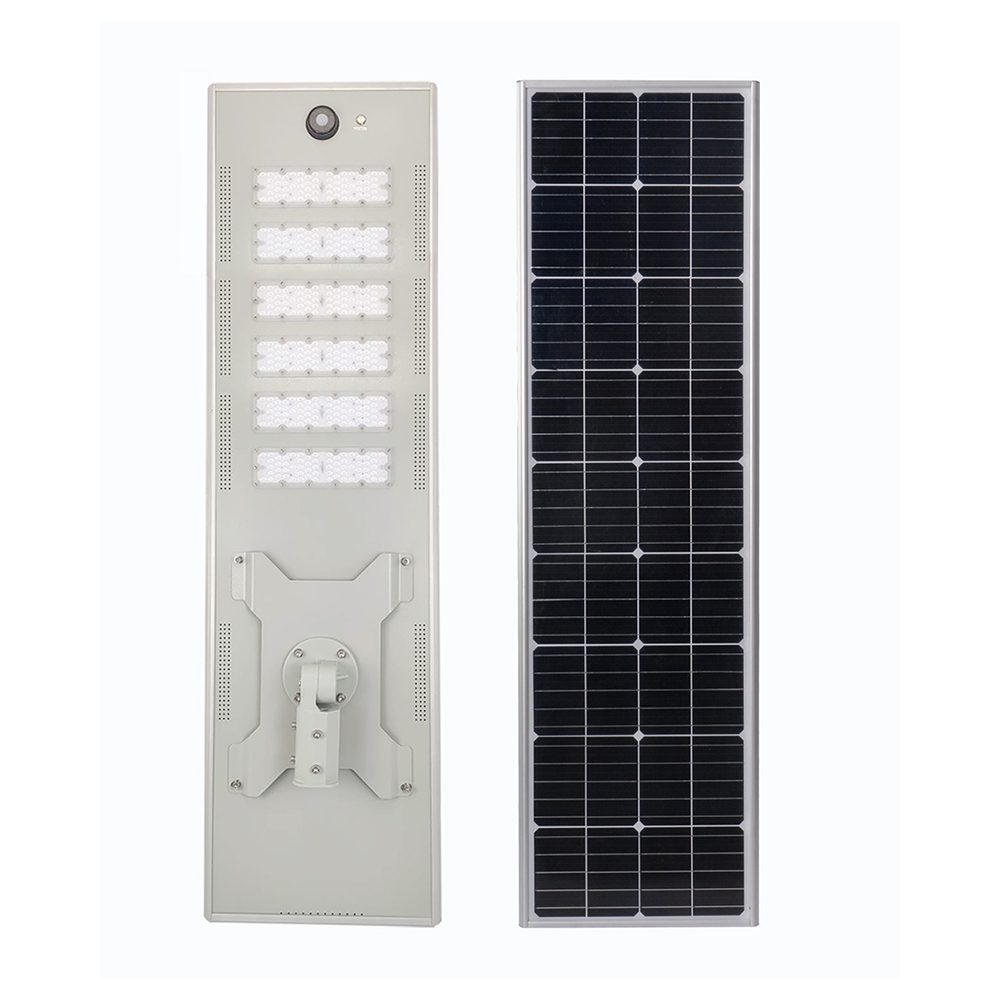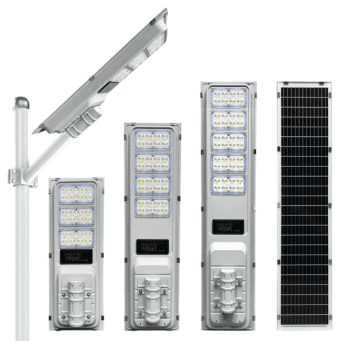In the evolution of modern lighting technology, LED (Light Emitting Diode) lighting has gradually replaced traditional lighting methods such as incandescent and fluorescent lamps. This transition is not just due to technological advancements but also because of the significant advantages LED lighting offers in terms of efficiency, lifespan, and environmental impact.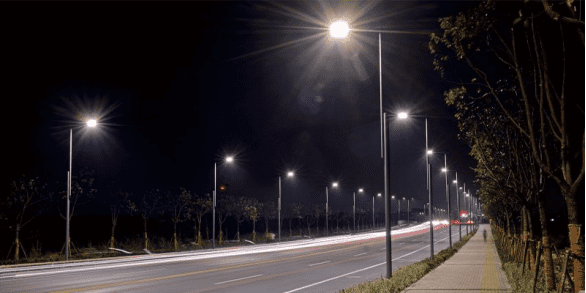
1.Energy Efficiency
One of the primary advantages of LED lighting is its energy efficiency. Traditional incandescent bulbs have a low energy conversion efficiency, with only about 10% to 15% of electrical energy converted into visible light, while the rest is lost as heat. In contrast, LED fixtures are much more efficient, typically achieving 80% to 90% conversion of electrical energy into light. This means that users can consume less electricity while maintaining the same lighting conditions, leading to reduced electricity bills.
2.Long Lifespan
Another significant advantage of LED lighting is its exceptionally long lifespan. Generally, LED bulbs can last up to 25,000 hours or more, while traditional incandescent bulbs usually last around 1,000 hours, and fluorescent lamps range from 7,000 to 15,000 hours. This longevity not only reduces the frequency of bulb replacements and maintenance costs but also minimizes waste generated from frequently discarded bulbs, contributing to resource conservation.
3.Environmental Characteristics
Compared to traditional lighting methods, LED lighting has superior environmental characteristics. Traditional fluorescent lamps contain harmful substances like mercury, which can pollute the environment if not disposed of properly. LED fixtures do not contain hazardous chemicals, resulting in a lower environmental impact after use. Additionally, the higher energy efficiency of LED lighting can reduce carbon emissions, helping to mitigate global warming.
4.Light Quality and Adjustability
LED fixtures not only excel in efficiency but also offer enhanced light quality. They provide a variety of color temperatures and color options, allowing users to adjust according to different occasions and needs. This adjustability makes LED lighting a flexible solution for commercial, residential, and outdoor environments.
5.Low Heat Generation
Due to their high energy conversion efficiency, LED fixtures generate comparatively less heat. This makes LED lighting safer during use, reducing the risk of fire due to overheating, while also lessening the burden on cooling systems like air conditioning. In hot summer months, using LED lighting can effectively lower indoor temperatures, further conserving energy.
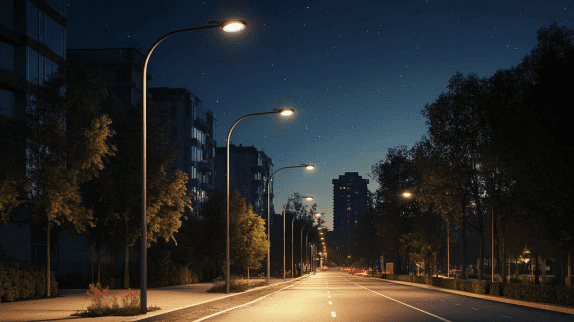
6.Cost-Effectiveness
Although the initial purchase cost of LED fixtures is generally higher than that of traditional lamps, their long-term energy savings and low maintenance costs significantly reduce the total cost of ownership (TCO). With ongoing technological advancements, the price of LED fixtures is gradually decreasing, making this new technology more accessible to consumers and businesses.
In summary, LED lighting surpasses traditional lighting methods in energy efficiency, lifespan, environmental characteristics, light quality, heat generation, and cost-effectiveness. As society increasingly emphasizes sustainable development and technology continues to progress, LED lighting is destined to become the mainstream choice for future illumination. By promoting LED lighting, we can not only enjoy a more efficient and comfortable lighting experience but also contribute to environmental protection and resource conservation.

